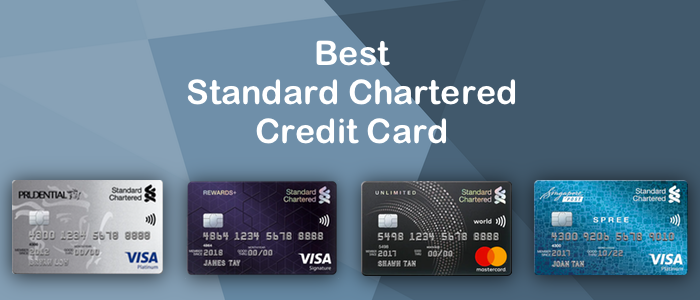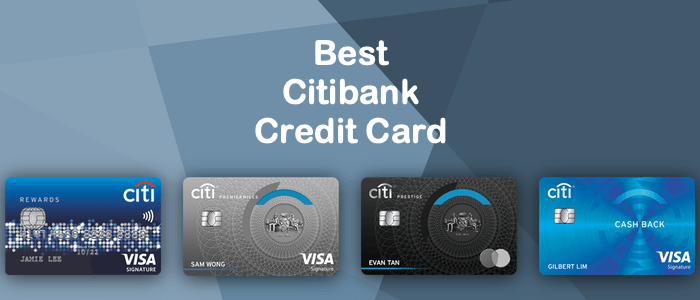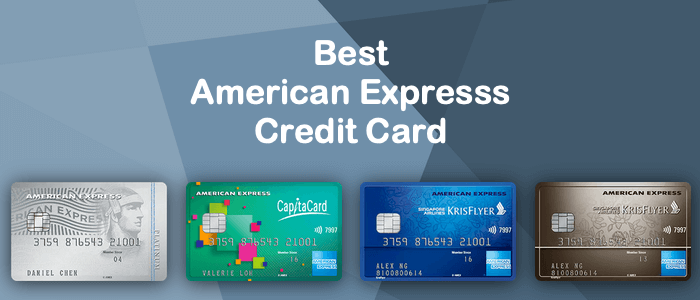
6 Money Saving Travel Credit Card Tips
For many of us, we use our credit cards almost daily. However, how many of us are actually aware of the additional costs imposed on our credit card transactions when we’re in a foreign country? Here are some tips to help you save on these additional costs and get more bang for your buck and if you are in the market for a travel credit card, then make sure to check out our comprehensive travel credit card comparison
Be Aware of Conversion Fees
Some credit cards may offer perks such as cashback rewards, extra miles or points when you make purchases overseas. These benefits act as incentives for greater spending, and the conversion of foreign currency to local currency pays a commission to the merchant. Thus, besides the rewards and miles, keep in mind that you will be liable to an extra fee of a small percentage, about 1.5%.
Limit Withdrawing Money from ATMs Abroad
Withdrawing money from foreign ATMs comes with a price – withdrawal fees and international ATM fees. Withdrawal fees are charged by the ATM owner and are about 2 to 5% of the withdrawal amount and apply to both debit and credit cards. International ATM fees are charged by the card issuer for using an ATM outside of their network and can be about 7 dollars.
Find Out More About Foreign Transaction Fees
Before you depart, call your credit card company or search up what fees will be imposed on your foreign transactions. Understanding when and how you face these fees will give you greater and smarter control of your money. Many credit cards charge a foreign transaction fee of about 3% of your foreign purchase. 3% may not seem like a lot at once, but these small amounts can add up to a big one. Additionally, there is an increasing number of credit cards that don’t impose such fees and also come with attractive travel benefits.
Another thing to be aware of is dynamic currency conversion, which is when foreign merchants quote prices at the checkout counter in USD or any other non-local currency, which is then converted to your local currency at the point of sale. The exchange rates in these situations are usually not very favourable, and it is more than often better to pay in the local currency instead of your home currency whenever you can.
Don’t Forget About Your Travel Rewards
It’s likely that you’ve accumulated a substantial amount of travel benefits and rewards on your credit cards from your day-to-day spending. Sometimes, we forget that our cards offer such perks and not all cards give us the same benefits. Some credit cards, especially travel cards, may offer attractive rewards such as hotel discounts, food and drink vouchers and priority boarding. Before embarking on a trip, figure out what kinds of travel rewards your cards offer and what you can redeem, which could help you make the most of your money.
Get Travel-Friendly Cards
If you’re an avid traveller, it’s probably best that you get credit cards that don’t carry foreign transaction fees, leading to great potential savings in the long run. Also, ensure that these cards are accepted internationally, as some credit card networks are not commonplace in every country. Visa and MasterCard are generally accepted in most countries. These cards also come with a great host of travel perks, including cashback rewards, miles, access to airport lounges and hotel privileges. Examples of such cards include the Citibank Premier Miles Card and the ANZ Travel Visa Signature Credit Card.
Getting a card that has benefits suited to your travel preferences would definitely leave you more to gain.
Does Your Card Offer Free Insurance?
Some cards may offer free or discounted travel insurance, although coverage may vary. Be sure to check if your card is eligible, which could mean you save on travel insurance. Although some of these cards may have a high qualifying annual income of up to $80,000, some others may only require an annual income of $30,000, such as the Citibank Rewards Credit Card and the UOB PRVI Miles Visa Credit Card.





